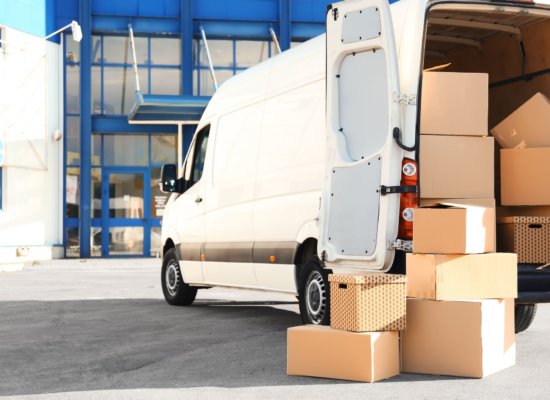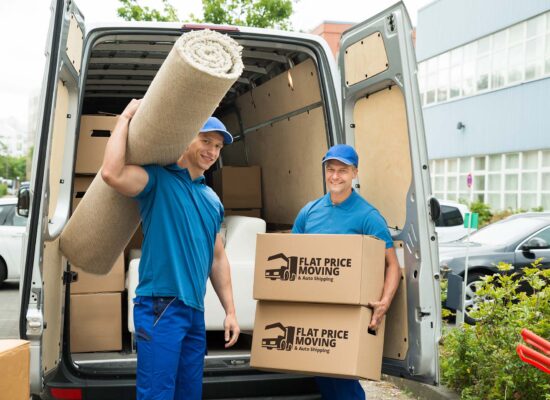Things to Know and Do Before Moving to a Cold Climate
If moving to a cold climate is your plan for the future, remember that you will be exposed to snow, ice, and freezing temperatures for up to eight months each year. This change can and will affect everything, from your everyday life to your mental health. That is why it’s important to prepare yourself properly. And we have a few tips to help you with it.
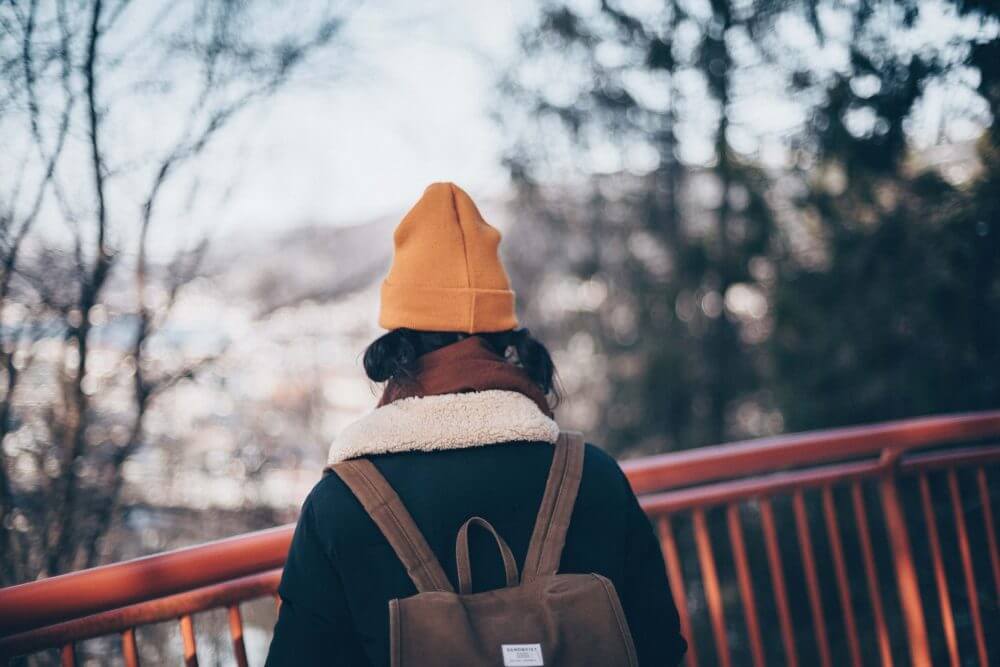
Are you relocating for a job? Or maybe you’re head over heels for your partner, and you’ve chosen to move across the country for love? Whatever your reasons for relocating are, make sure that they are completely worth it before you pack your bags and begin the trip to the North. Remember, if you are from Arizona, Nevada, California, or any other warm climate state, there will be many changes to get used to. Even if you are coming from a state where winter isn’t a completely foreign concept, the adjustment will take some time. Winter is coming (or you are coming to it)! While you won’t meet any White Walkers (hopefully), here are some of the things you can expect.
There Are Plenty of Benefits of Living in a Cold Climate
It may not seem like it at first, especially if you are not a fan of freezing temperatures, but there are various advantages to living in a colder region. Don’t forget that many of the coldest states in the US have a low cost of living combined with a prosperous economy.
And what about everyday benefits? Think about the following:
- Bugs don’t like the colder temperatures, either, so when you move to a new state, you won’t have to worry about them.
- With proper blankets, you are bound to have a better good night’s sleep than in unbearable heat.
- Your body burns more calories in the cold than in warm temperatures.
- If you are allergic to pollen, you’ll enjoy allergy-free days.
- You’ll be able to live in a winter wonderland for the better part of the year – have you started singing Sinatra yet?
Yes, there are bound to be some inconveniences such as lashes sticking together on colder days or having the car frozen shut, but you’ll get used to them eventually. The key is to stay focused on the benefits of relocating, not on the negatives. As days pass, you’ll learn a few tips and tricks that will make your life in the north easier. So there is no need to get cold feet now (pun intended) – get long-distance moving services and start the preparations.
You’ll Need Winter Gear, but Not Until After the Move
One of the biggest relocation mistakes you can make is to buy your winter gear before the move. There are three simple reasons why not to do it. Firstly, stores in warmer cities probably won’t have the right gear (when it comes to quality, materials, and the like). Secondly, you are bound to get a much better deal for warmer gear in areas where there is a high demand for it.
And lastly, and most importantly, it will affect the final cost of the interstate move. Every reliable long-distance moving company bases the quote on the weight of your inventory. So if you wait to buy voluminous and heavy clothing after the move, you’ll be able to save on relocation costs a little.
How to Adjust to Cold Weather? Proper Clothing Is the First Answer
When you move to colder regions, kiss fashion goodbye. Here, it’s all about practicality and keeping frostnips and frostbites away. And the secret to doing so? Layering – it’s the way to keep warmth close to you. If you want to discover how to live in cold weather and not end up with hypothermia, we suggest you buy:
- Long underwear – it should be skin tight and made from nonabsorbent materials. Also, don’t forget to get enough thermal socks.
- Mid-layer clothes – wool sweaters and pullovers and warm sweatshirts should be the clothing of your choosing.
- Outer layer – puffer jackets and parkas – the warmer, the better. When shopping for some, look for waterproof models with at least knee-length and enormous hoods that will cover half of your face. You’ll thank us later.
- Wool gloves, scarfs, and hats – yes, wool is a material that will protect you the most, even when wet.
- Snow boots – no matter how ugly you find them, they will become essentials. Ensure that they are waterproof and well-insulated. Try to find those with rubber at the bottom so that salt doesn’t damage them.
Some Pets Will Need Help Warming Up, Too
If you are moving with pets, learning how to acclimate to cold weather should include them as well. If you are about to move with cats, it may not be such a big of an issue, considering that they probably won’t go outside. However, if you are relocating with dogs and their fur doesn’t provide them with the needed protection, you must do something about it. Get them waterproof pet coats and even boots. Also, know that low temperatures will bring a lot of ice (and salt), so ensure their paws are well-protected. Pets are part of our immediate family, so ensure they stay safe after the move.

Winterizing Your House Can Be More Complex Than in Your Old State
If you are coming from a warm area of the States, you need to expect more than just a couple of chores when preparing your home for colder months ahead. However, it all starts with finding good housing. Search for a home with excellent insulation and energy efficiency. Your heating bills will probably amount to a much higher sum than what you’re used to, and with bad insulation, you are bound to pay even more.
Next, come the actual preparations. The chimney, if you have one, has to be well-maintained each year, and so does your furnace. And before the snow hits (and refuses to leave), make sure that your gutters are leaf- and debris-free.
If not, accumulated snow and water can do damage to your new house.
You should also take care of your more sensitive plants – get them inside, if possible, or cover them, so they don’t freeze.
And when colder temperatures finally come? The shovel will become your new best friend. Remember to clean driveways and walkways as soon as possible after the snow falls. If not, it will turn into ice, and then you’re doomed. Also, remember that icicles on roofs can be life-threatening. So, when you notice some forming, remove them quickly or avoid that area of the house until you do.
Prepare Your Vehicle for Colder Days
Relocating a motorcycle may not be high on your to-do list when you plan on living in a colder region. However, if using public transport is not an option (for you or generally), hiring a car shipping company is a must. Just remember – if you’re not familiar with driving in the snow, practicing it should be one of the things to do after relocation. Slippery roads can cause accidents in the blink of an eye, so ensure to know what to do if your car starts fishtailing. On top of that, have a survival kit always prepared in your vehicle in case you get stuck somewhere during a blizzard.
Winterizing your car mustn’t be one of the things you forget to do when you move. If you plan to hire an auto transport company, learn what needs to be done to prepare your car for sub-zero temperatures outside. You’ll have to add antifreeze and motor oil that are suitable for colder temperatures, have winter tires, get wiper blades that will do the job during blizzards, and so on. Winterize your car on time and avoid inconveniences.
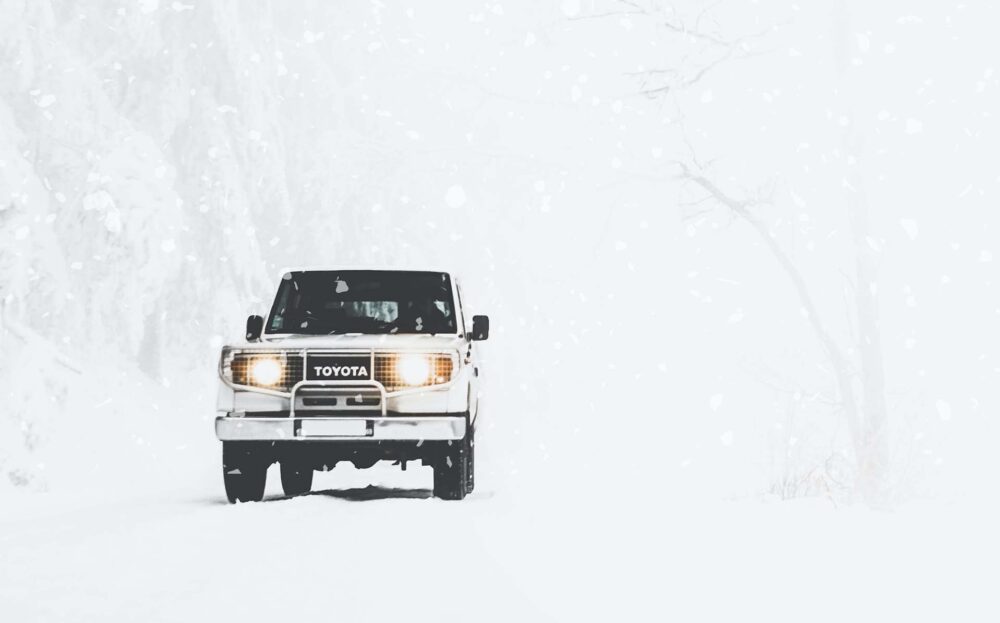
There Will Be Plenty of New and Amazing Outdoor Activities
Did you know that, in some places in the north of the country, the sun starts to settle down as early as 4 pm? It can be one of the causes of depression after relocation. One of the ways to fight it is spending time outside and staying active, despite the low temperature. Relocation to colder regions means being able to enjoy snowboarding, cross-country skiing, snowshoeing, ice skating, and so much more. And when you want to slow down a little, there will always be plenty of festivals and community events.
Remember – the more time you spend outside, the faster you’ll adjust. However, try to be reasonable if you’re coming from a much warmer state. Start with short walks to ease yourself into such a different environment.
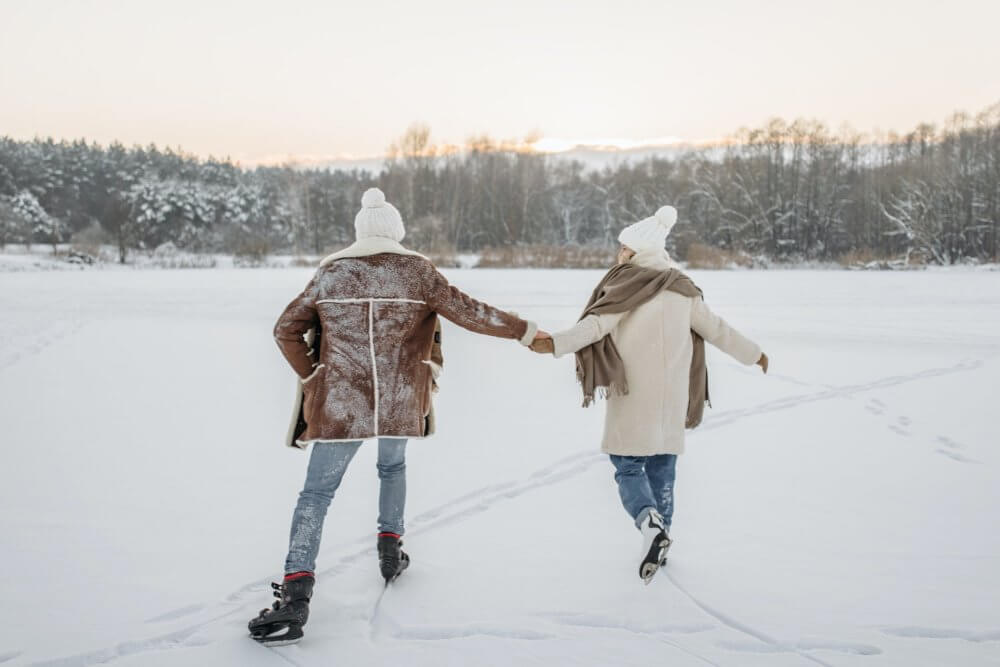
Places With Colder Climates Have Much to Offer
Are you one of those people who wish to move somewhere colder but don’t know exactly where? If you’re having trouble deciding where to live, let us help you with a few tips about the top coldest cities in the US:
- Fairbanks, Alaska – Fairbanks holds number one place as the coldest American city. Aside from its rich history and high economic growth, this city can provide you with some out-of-this-world scenery. In summer, you’ll be able to enjoy the sun at midnight, and during colder months, you’ll witness Aurora Borealis. And on top of that, did you know that Alaska’s government pays its residents to live there?
- Grand Forks, North Dakota – if you are looking for a friendly and family-oriented city with a great sense of community, research this option. Apparently, when you live close to the Canadian border, their kindness grows on you. Keep in mind that North Dakota has four of the top ten coldest cities in the US.
- Duluth, Minnesota – if you’re searching for a place with a colder-than-average temperature but with all four seasons during the year, Duluth is a good choice. Did you know that it was once named one of the happiest cities in the US?
- Aberdeen, South Dakota – Aberdeen is considered a college town and is home to Northern State University and Presentation College. If packing for college is a part of your future and you don’t mind the colder temperatures but thrive in them, this can be a good match.
- Eau Claire, Wisconsin – if quirkiness is what you are looking for, look no further. And that is not all. With a low unemployment rate, good-paying jobs, and a fantastic cultural scene, it is promising to become one of the best cities for millennials in the US.
If you are interested in finding out the housing costs in these cities, take a look at the table below. Keep in mind that the median home price in the States is around $270,000, and the average rent is $1,200.
| Location | Median Home Value | Rent for a one-bedroom apartment (city center) | Rent for a one-bedroom apartment (Outside of center) |
|---|---|---|---|
| Fairbanks | $262,000 | $1,650 | $1,500 |
| Grand Forks | $237,000 | $1,000 | $800 |
| Duluth | $209,800 | $1,230 | $750 |
| Aberdeen | $192,200 | $900 | $830 |
| Eau Claire | $209,200 | $900 | $950 |
The Relocation Process Can Get Trickier When Moving to a Cold Climate, so Prepare Well
When relocating to colder regions, you must think carefully about when the best time to move is. If this was a usual relocation, we would advise you to wait until the peak of the season passes, because long-distance movers charge more during the summer months. However, how safe is it to perform a relocation in freezing temperatures and strong winds? Ultimately, it’s up to you and what you value more – money or convenience.
Colder Climate Means More Work When It Comes to Packing
When getting organized to move to a colder region, make sure that your belongings stay safe from freezing temperatures and humidity. And if you don’t plan to get packing services, all that extra work will be on you. If that is the case, consider the following tips:
- When choosing packaging materials, get extra packing paper and bubble wrap – you will use the bot plenty to insulate your belongings.
- Try to get as many big plastic containers as you can because they will protect your items better than cardboard.
- The more padding material you put in boxes, the better insulation they’ll provide.
- Try covering boxes and relocation blankets with a waterproof material, like a stretch wrap.
- Go through your summer gear, decide what not to pack, as well as where to donate unwanted items.

Hiring Cross-Country Movers Will Guarantee the Safety of Both You and Your Belongings
These were the most important things you have to know before relocating to one of the colder areas of the country. However, know that there is plenty more to learn. Did you know that your phone battery will drain faster in colder temperatures? Or that you’ll have to wear sunglasses anyway, with all the sun reflecting on ice and snow? Those are all things you’ll find out down the road.
However, relocation is not something you can just wing and hope for the best. Once you start, all must go as planned. That is why hiring long distance movers is your best option for having a stress-free move – they’ve perfected every type of relocation, even the ones to colder regions.
That’s why you should let Flat Price Auto Transport and Moving do what we are trained for and have an amazing start to your new life. Give us a call, book the move, and the rest will be handled. Good luck!


